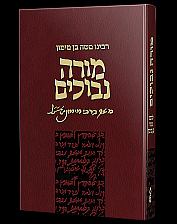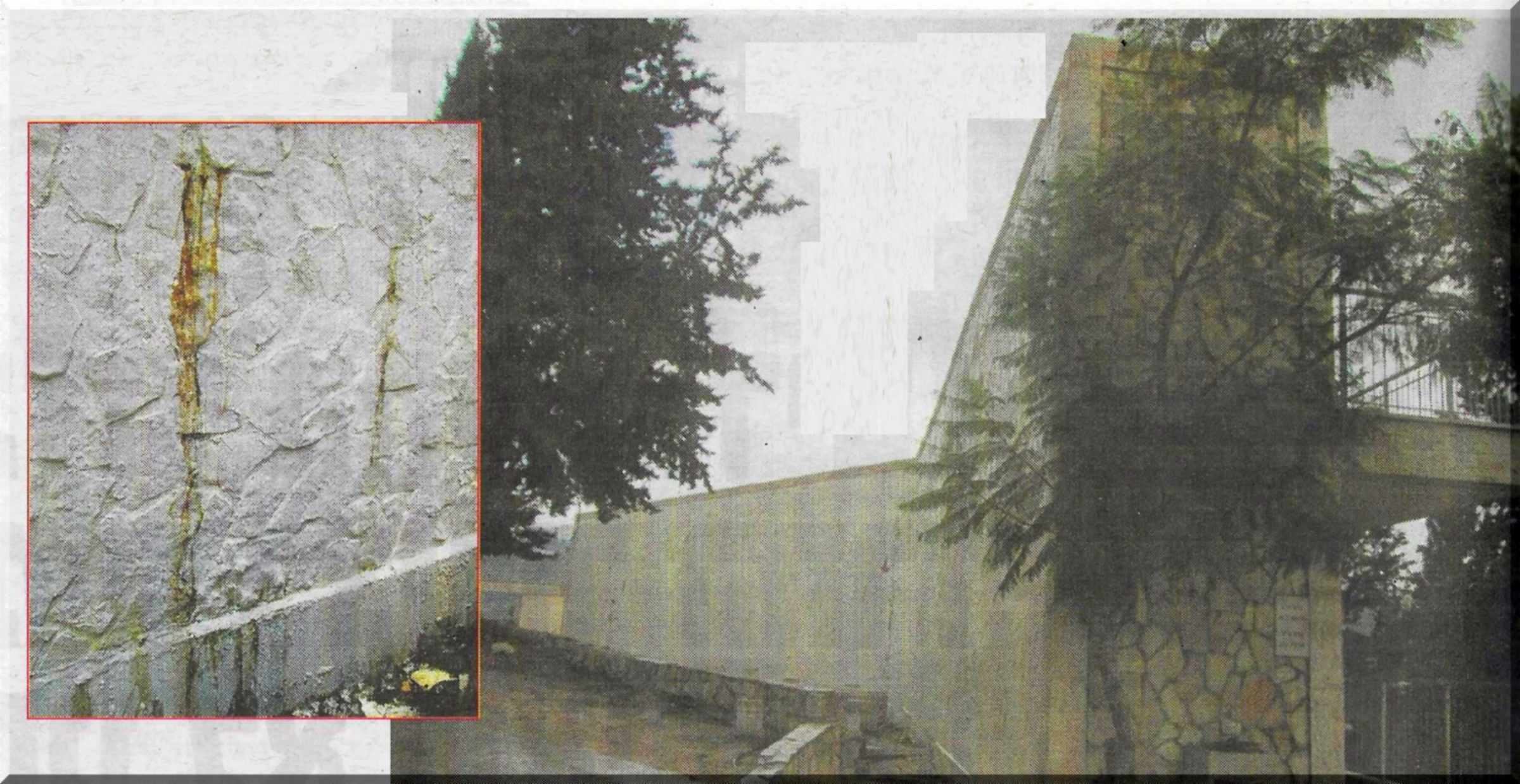  |
|
| |||||||||||||
|
This Google Custom Search looks only in this website. Agudah Virtual Convention Offers Timely Inspiration
It was undoubtedly an unconventional convention.
But with everything that has transpired over the past nine months, there was no question that at this particular moment, the annual Agudah convention could not be allowed to become yet another casualty of the pandemic at a time when Klal Yisroel finds itself struggling to cope with an soverwhelming challenge that threatens to undermine its most essential foundations.
The terrible and dreadful scene which was discovered three months ago near the section of the above ground graves on Har Hamenuchos shocked all those who drove along the nearby road which was flooded with large amounts of secretions and liquids from the deceased brought for burial in the section of cave compartments belonging to the Sephardi and Oriental extraction communities. The situation aroused a public hue and cry in the hope that the problem would be addressed completely but recently, this happened again after recent rains, not only in the aforementioned sections but also in the compartment burial section of the Kehillas Yerushalayim Chevra Kadisha, and in additional areas of the abovementioned Chevrot Kadisha on Rechov Derech Hachessed. This horrendous desecration of the deceased continues unabated on Har Hamenuchos.
The Metro, the mega-ambitious biggest transportation project being carried out today in Israel, is in its advanced planning and authorization stages, with at least, if not more, 12 years to go. It will provide a solution to growing national traffic congestion through three underground lines, crossing through 22 regional districts and 110 stations. It will run its 140 kilometer length from Petach Tikva in the east, Rechovot in the South and Raanana in the north, running to a cost of some 150 billion shekel, as a very conservative starting estimate.
If there is anyone who rejoices over the liquidation of the head of the nuclear Iranian program more than anyone else, it is the various Arab countries, headed by the United Emirates, Egypt and Jordan. The Iranian viper seeks to dominate the entire region through its Shiite dictatorship. The Iranian nuclear program constitutes, first and foremost, a threat to those countries, as the octopus' tentacles of terror are thrust from Teheran to all sides.
by C. Zilberman
The yahrtzeit of HaRav Raphael Chaim Shlomo Heiman, gaon and true Torah pioneer in America, is 17 Kislev. He was niftar in 1945 at the age of 52, so this is his 76th yahrtzeit. We first published this 26 years ago, in the year of the 50th yahrtzeit, in our print edition in Eretz Yisroel. This is a major addition of information on HaRav Heiman to the Internet. It was written by Rabbi Zilberman originally in English specifically for the Israeli English Yated Ne'eman.
Part III
aRav Simchah Shustal tells the following story that he heard from the Rebbetzin about the tzidkus of R' Shlomo and how he fortified himself so as not to stumble into sin:
R' Shlomo lived off the meager salary he received from Torah Vodaas. He never requested more for himself, being careful how he used yeshiva money.
s
Rain and Kinneret Watch by Dei'ah Vedibur
Staff
Our weekly report of the rain and the level of the Kineret -
Winter, 5781.
* * *
|
||||||||||||




.jpg)


